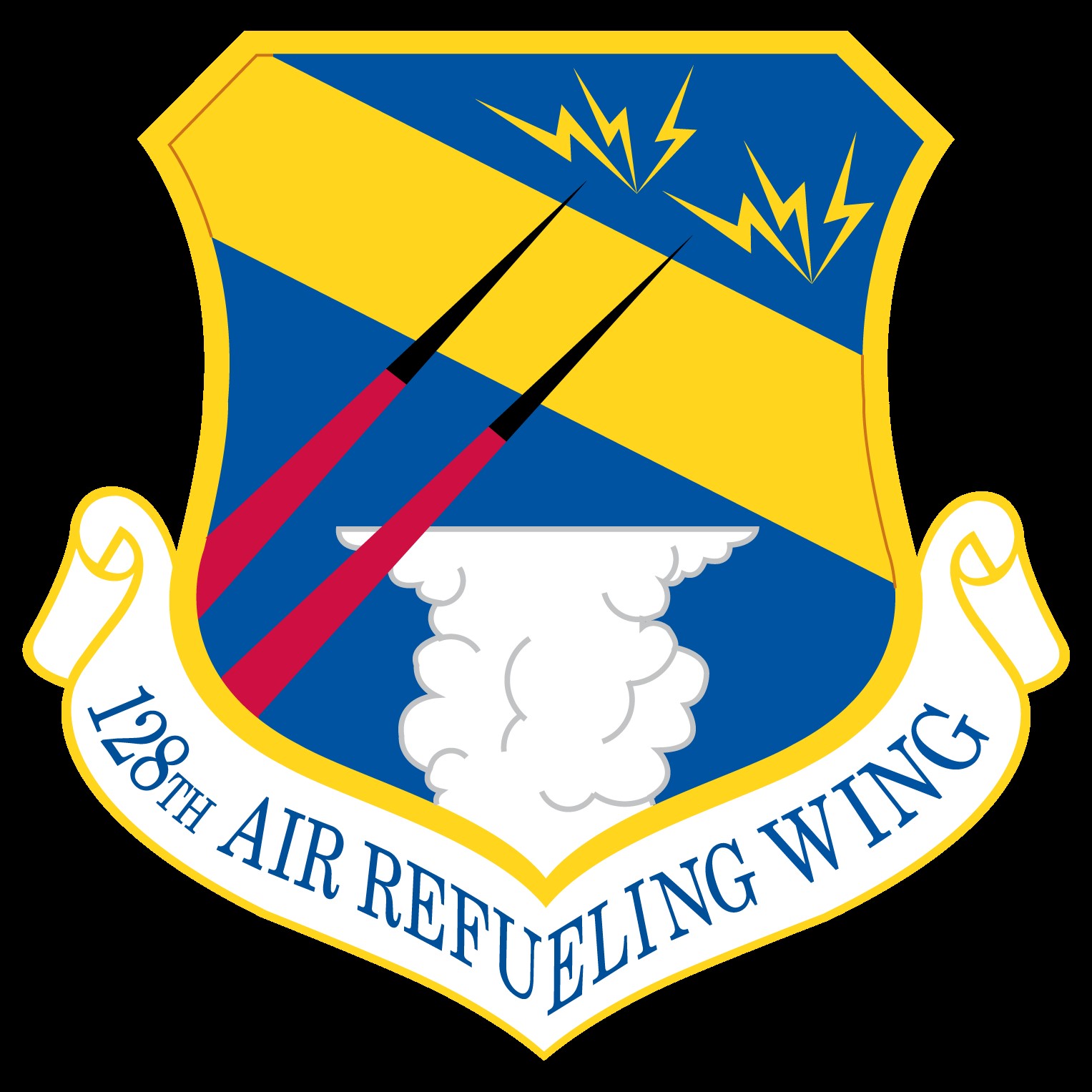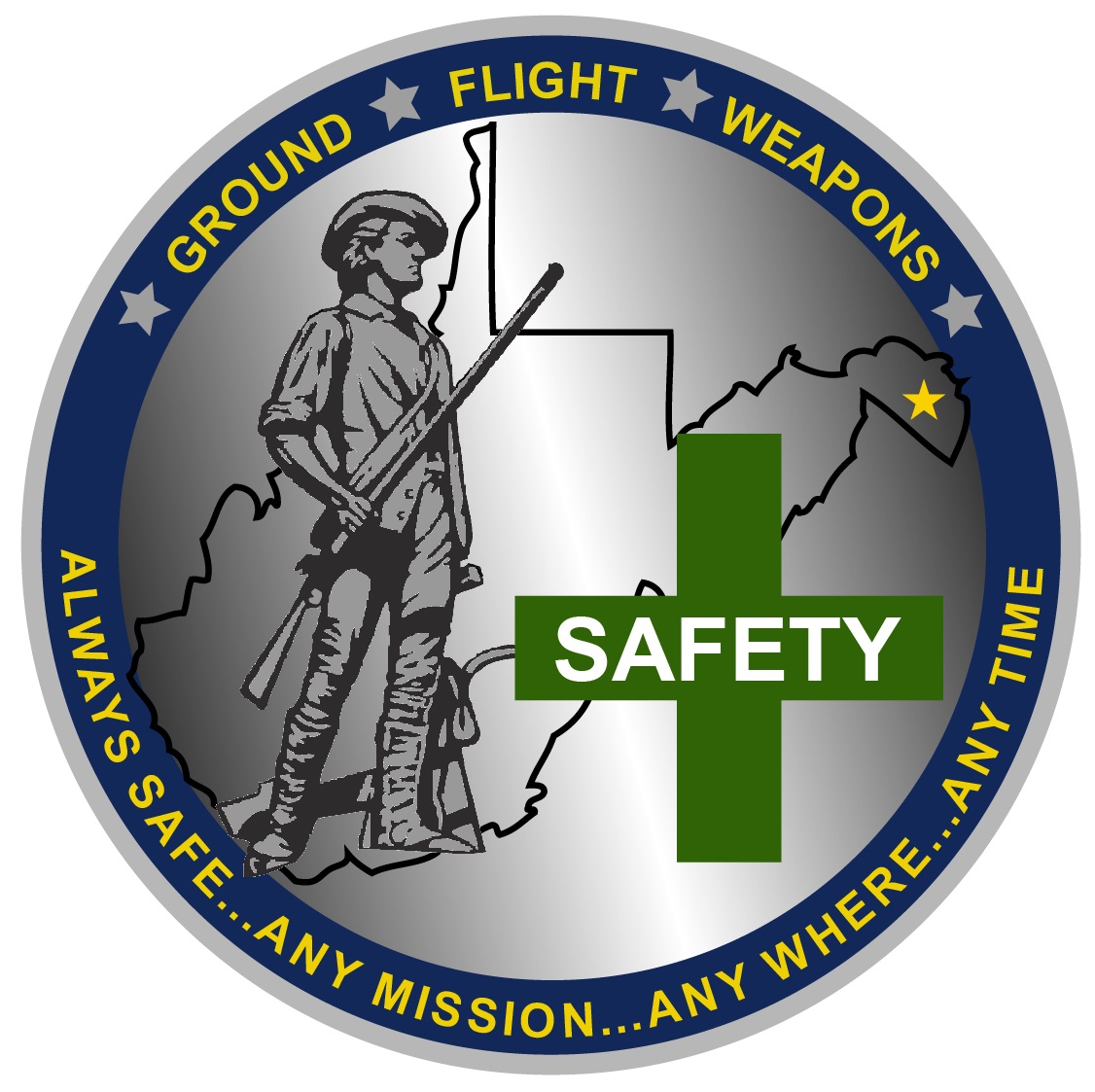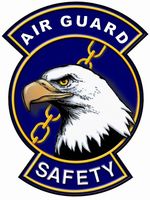Information
-
Document No.
-
Audit Title
-
Client / Site
-
Conducted on
-
Prepared by
-
Location
-
Personnel
24.18. Aircraft Flight line – Ground Operations and Activities Checklist.
-
24.18.1. Are pressure regulators installed to prevent over-pressurization of components being<br>serviced with compressed air? Reference 24.2.5.2.3
-
24.18.2. Are wiping clothes, oily waste and other flammable materials placed in self-closing metal<br>containers? Reference 24.3.3.4.2
-
24.18.3. Is an AF Form 592, USAF Hot Work Permit, issued prior to welding on aircraft? Reference<br>24.3.3.5
-
24.18.4. Are suitable fire extinguishers placed throughout maintenance areas? Reference 24.3.3.6
-
24.18.5. Are personnel prohibited from wearing hats and caps on the flight line or in an engine<br>intake danger zone? Reference 24.4.1
-
24.18.6. Are all bicycles (Air Force and privately owned) operated on the flight line during hours of<br>darkness equipped with an operational headlight and reflective markings front and rear? Reference<br>24.4.4.2
-
24.18.7. Do parking lines have spots painted where the nose or forward wheel of the aircraft are<br>positioned on aircraft parking spaces on the flight line and in maintenance hangars? Reference<br>24.5.5
-
24.18.8. Have emergency procedures been developed to remove endangered aircraft in the event of a<br>fire, adverse weather or other emergency situations? Reference 24.5.7
-
24.18.9. Have local procedures been established to ensure key agencies are notified of adverse<br>weather conditions? Reference 24.6.1
-
24.18.10. Has the installation established a lightning safety program with a two-tier notification<br>system? Reference 24.6.1
-
24.18.11. Does the tow supervisor clearly define duties and responsibilities to the towing team at the<br>pre-tow briefing? Reference 24.7.2
-
24.18.12. Is the supervisor the only team member authorized to give the ―all clear to move‖ order?<br>Reference 24.7.2.1
-
24.18.13. During towing operations, does the supervisor have a clear view of both wing walkers, the<br>vehicle driver and direct contact with the person in the pilot‘s seat? Reference 24.7.2.6
-
24.18.14. Do tow team members use luminous wands when aircraft are towed at night? Reference<br>24.7.5
-
24.18.15. Prior to and during taxi, is radio contact established and maintained between the aircraft<br>and control tower? Reference 24.7.21.1.2
-
24.18.16. Are aircraft jacks operated, maintained, inspected and tested IAW applicable TOs or<br>handbooks? Reference 24.8.1.1
-
24.18.17. Are all workstands and other equipment not required to be under the aircraft during<br>jacking operations removed before aircraft are raised on jacks? Reference 24.8.1.2
-
24.18.18. When an aircraft is on jacks, is the area around the aircraft properly secured and<br>appropriate warning signs posted? Reference 24.8.1.4
-
24.18.19. Do supervisors ensure engines or other major components, such as wing panels,<br>stabilizers, etc., are not changed when the aircraft is on jacks and landing gear clear of the ramp or<br>floor, unless authorized by applicable TOs? Reference 24.8.1.5
-
24.18.20. Are aircraft properly chocked and parked IAW applicable TOs and job guides before<br>starting engines? Reference 24.9.2
-
24.18.21. Is a qualified and trained fire guard in position by the fire bottle(s) prior to starting aircraft<br>engines, and does he/she remain in place until all engines are operating and the danger of fire no<br>longer exists? Reference 24.9.4
-
24.18.22. Do crew and maintenance personnel wear approved hearing protection in noise hazard<br>areas? Reference 24.9.9
-
24.18.23. On jet engine aircraft, are crewmembers, maintenance workers and personnel with flight<br>line access briefed not to approach closer than 5 feet from the side or rear or 25 feet from the front of<br>engine intake ducts when the engine is in operation? Reference 24.10.3
-
24.18.24. Are ground safety pins installed by aircrew or maintenance workers immediately after the<br>landing aircraft is parked and engines shutdown or by egress workers after maintenance work<br>requiring removal of the pins is complete? Reference 24.10.5.1
-
24.18.25. For work in a jet engine tailpipe, is a responsible individual positioned adjacent to the tail<br>pipe or entrance of the aircraft to prevent anyone entering the cockpit and to maintain<br>communication with the person in the tail pipe? Reference 24.10.8
-
24.18.26. At the end of each day or shift, are flammable waste containers emptied or removed to an<br>approved location outside the shop for pickup and disposal? Reference 24.11.2.2
-
24.18.27. Are flammable storage areas kept cool (55o to 80o F) and free from spark or heatproducing<br>equipment? Reference 24.11.2.3
-
24.18.28. Are tire cages used when servicing aircraft tires in the tire shop? Reference 24.12.2
-
24.18.29. Are procedures in place to ensure only oil-free nitrogen is used to inflate aircraft tires?<br>Reference 24.12.4.1
-
24.18.30. Are aircraft wheel and tire removal operations IAW TO 4T-1-3? Reference 24.12.5
-
24.18.31. Are tire servicing restraint devices visually inspected prior to each day‘s use? Reference<br>24.12.8
-
24.18.32. Has the Airfield Manager established a program for issuing AF Form 483, Certificate of<br>Competency, endorsed for flight line driving? Reference 24.13.2.4
-
24.18.33. Do all passengers use available seat belts while vehicle is in motion? Reference 24.13.8
-
24.18.34. Are FOD Check signs posted at entrances to ramp area/flight line? Reference 24.13.13
-
24.18.35. Are guides/spotters used to assist K-loader and roller equipped trailer operators when<br>approaching an aircraft to load or off-load? Reference 24.13.19
-
24.18.36. Are passengers prevented from riding on tow tractors unless adequate seats are provided<br>for that purpose? Reference 24.13.20
-
24.18.37. Are pintle assemblies and towing connections secured with a pintle hook safety locking<br>device or cotter pin that will positively lock towing connections? Reference 24.13.20.2
-
24.18.38. Are hazardous areas in aircraft hangars or nose docks, such as crush and pinch points that<br>cannot be eliminated by engineering controls or mechanical safeguards, highlighted with colored<br>paint and signs? Reference 24.14.4.1
-
24.18.39. Have all personnel who routinely work in hangars or require access through the hangar<br>doors received annual Hangar Door Awareness Training? Reference 24.14.5
-
24.18.40. Are only qualified personnel, approved by the squadron commander or designated<br>representative, authorized to operate hangar doors? Reference 24.14.8.3
-
24.18.41. Are overhead hangar doors fully opened before moving aircraft through the door?<br>Reference 24.14.8.4
-
24.18.42. Do facility managers conduct monthly inspections of hangar door operational and safety<br>features? Reference 24.14.8.7
-
24.18.43. Are visual inspections of the door path and track-way accomplished before hangar door<br>movement? Reference 24.14.9
-
24.18.44. Is temporary or makeshift electrical wiring prohibited in hangars? Reference 24.14.13
-
24.18.45. Are emergency procedures established to remove aircraft in case of fire, severe weather or<br>other hazards? Reference 24.14.15
-
24.18.46. Do supervisors prohibit wear of finger rings and loose clothing when they pose a hazard to<br>workers? Reference 24.15.1.6
-
24.18.47. Is incidental storage of small amounts of paints and thinners in approved cabinets with<br>self-closing doors? Reference 24.15.3.1.1
-
24.18.48. Are hazardous operations prohibited within 50 feet of major cleaning, painting or paint<br>removal operations? Reference 24.15.3.2.1
-
24.18.49. Is the work area inspected to eliminate ignition sources prior to paint touchup operations?<br>Reference 24.15.3.2.1
-
24.18.50. If hangar doors are opened to disperse flammable vapor concentrations, are the doors<br>opened at least 10 feet? Reference 24.15.3.2.2
-
24.18.51. If opened to less than 10 feet, are procedures in place to lock out the main door switch?<br>Reference 24.15.3.2.2
-
24.18.52. Is the multimeter calibration date checked prior to each use? Reference 24.15.4.4
-
24.18.53. Are parking brakes set and/or chocks used prior to jacking equipment? Reference<br>24.15.4.5
-
24.18.54. Are jacks and jack stands inspected and maintained IAW TO or manufacturer‘s<br>instructions? Reference 24.15.4.5
-
24.18.55. Are locking pins installed, hydraulic pressure released, platform eased down onto the locks<br>and the hydraulic valve closed before anyone is allowed on the maintenance stand? Reference<br>24.15.4.8.1
-
24.18.56. Are procedures in place to protect workers from unexpected movement of flight controls?<br>Reference 24.15.6
-
24.18.57. Is fall protection available and used by workers exposed to a fall of 4 feet/10 feet or more?<br>Reference 24.16












